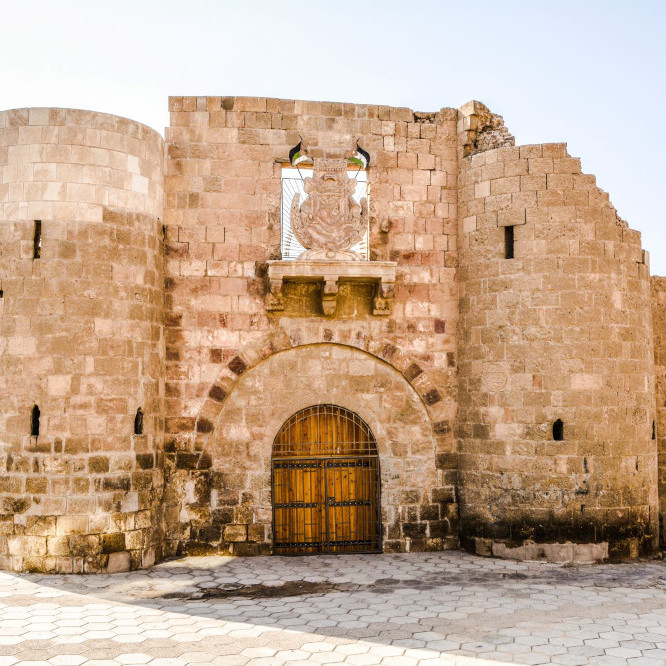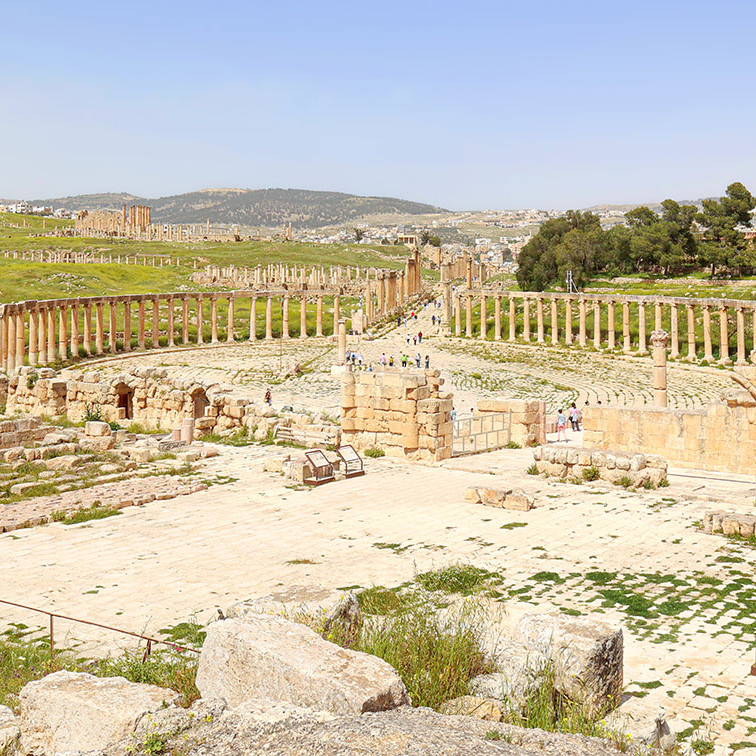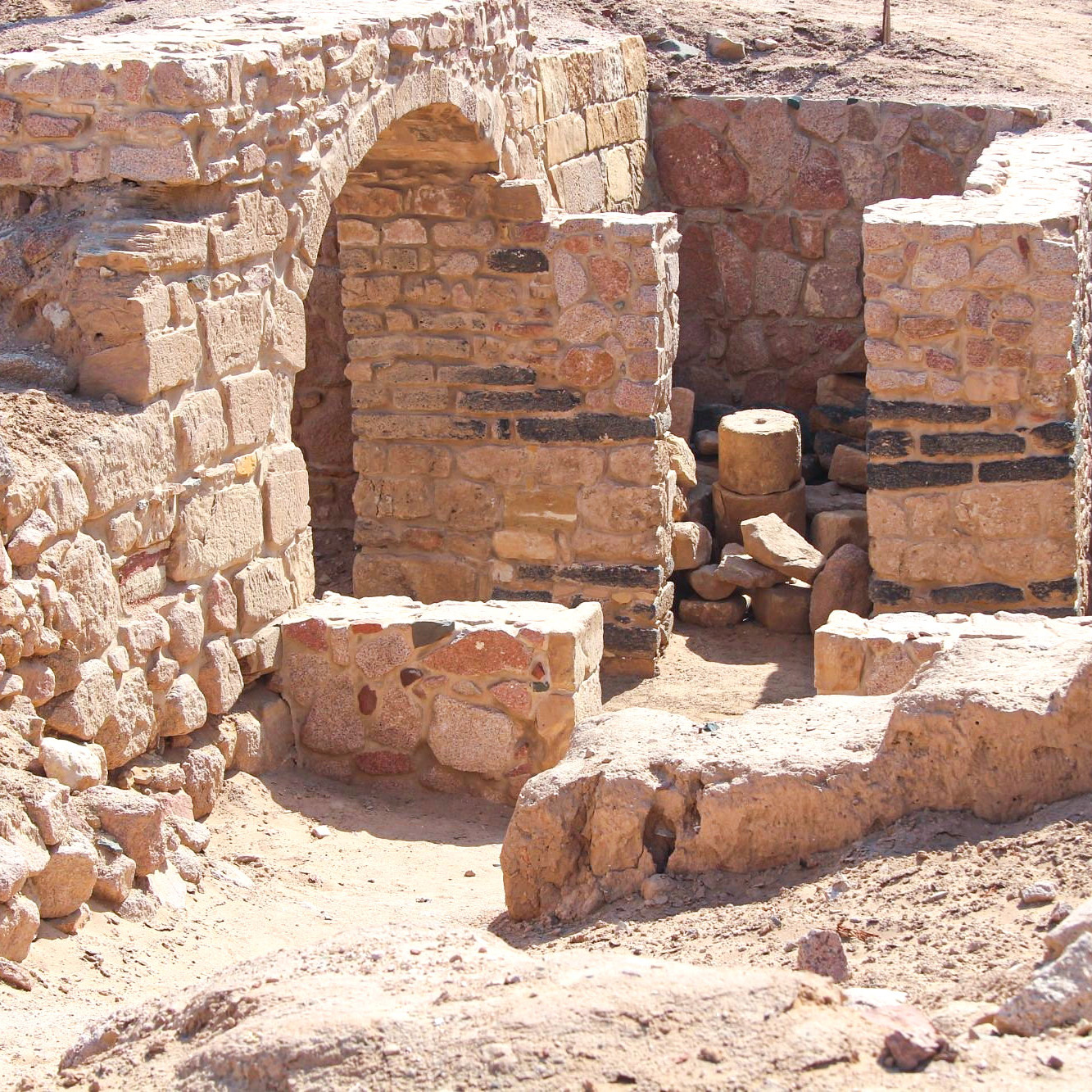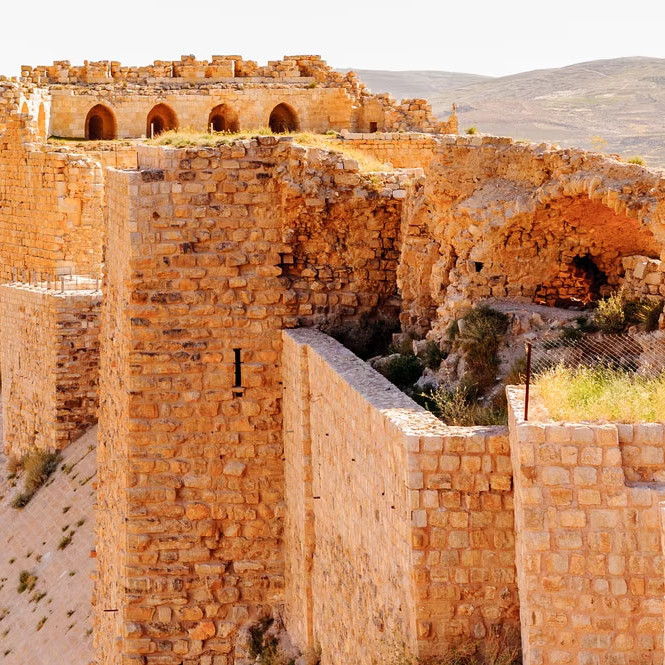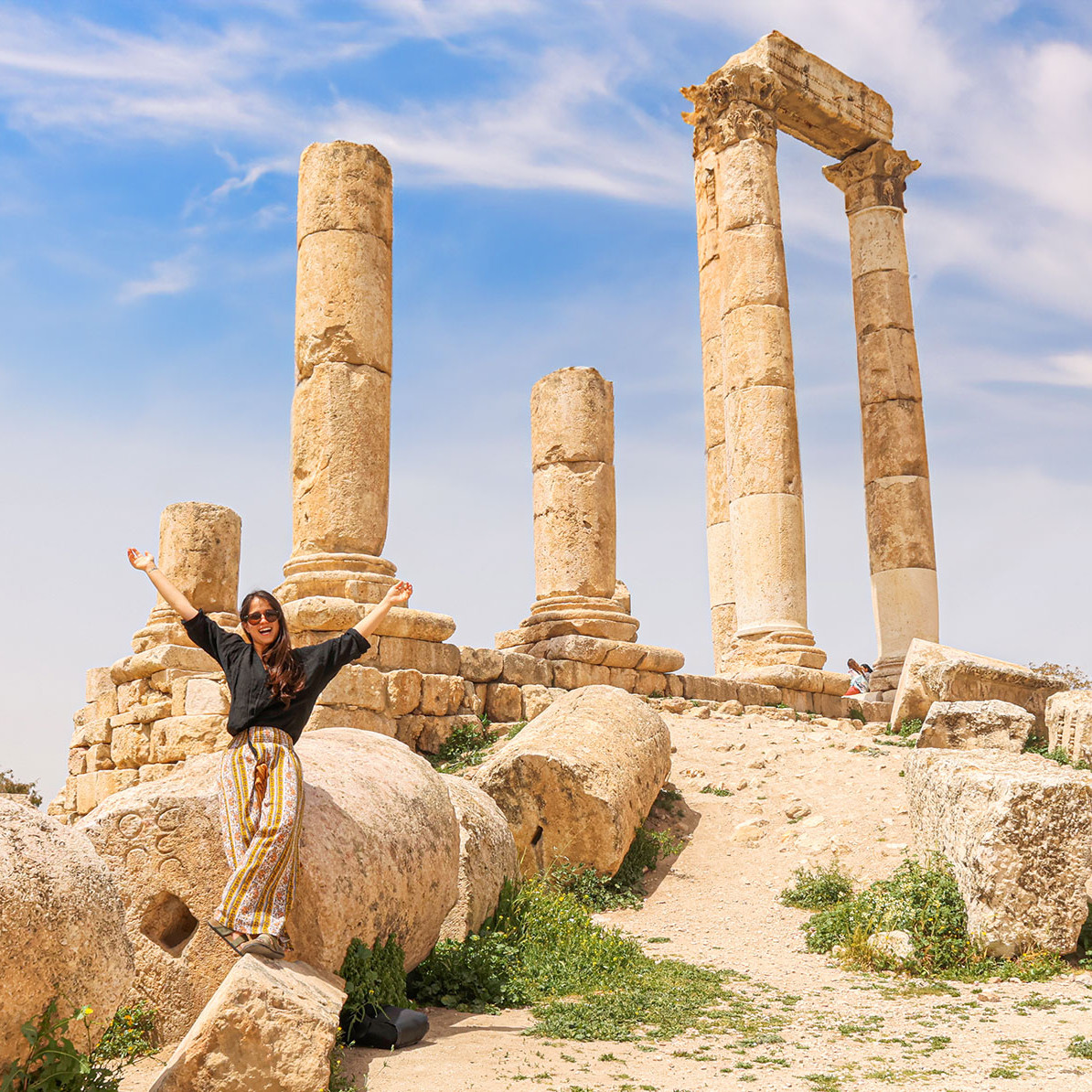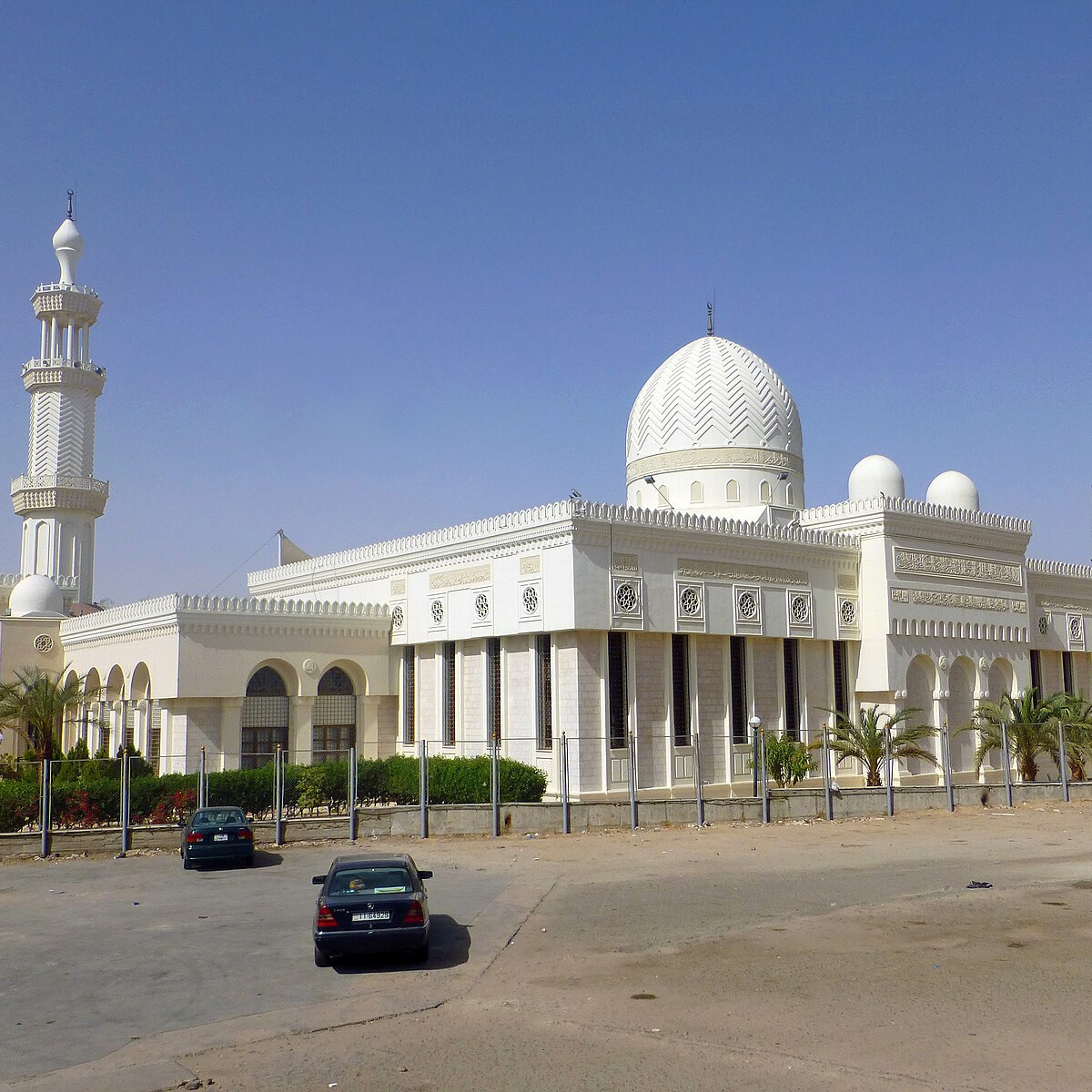
Sharif Hussein bin Ali Mosque
A modern landmark in Aqaba named after a key figure in Arab independence.
The Sharif Hussein bin Ali Mosque is one of Aqaba’s most recognizable structures. With its bright white stone, central dome, and quiet courtyard, it stands as both a place of worship and a civic landmark. The mosque is named after Sharif Hussein bin Ali, the Hashemite leader of the Arab Revolt during World War I and a figure closely tied to Jordan’s early modern history.
Located along Aqaba’s central waterfront, the mosque blends historical reference with contemporary Islamic architecture. For visitors, it offers an opportunity to reflect on the religious and political currents that have shaped the region, as well as a space of calm within the busy city.
Historical Context
Sharif Hussein bin Ali was the Sharif of Mecca and a central figure in the early 20th-century push for Arab independence from Ottoman rule. He played a major role in initiating the Arab Revolt (1916–1918), which aligned with British forces during World War I and laid groundwork for the eventual emergence of modern Arab states, including Jordan.
The mosque bearing his name was built in his honor and serves as a reminder of both his religious authority and his political significance. While the structure itself is not historic in age, its symbolic associations run deep.
Architecture and Layout
The mosque is known for its:
- White limestone façade, striking in Aqaba’s desert light.
- Large central dome and a single slender minaret.
- Courtyard surrounded by arcades, often quiet and lightly shaded.
- Decorative windows and arches, combining modern Islamic style with traditional references.
The interior is accessible to worshippers and, at designated times, to respectful visitors. Like most mosques, shoes must be removed before entry, and modest dress is expected.
Nearby Context
The mosque sits close to several other sites of interest in Aqaba, including the Ayla ruins, Aqaba Fort, and the city’s main promenade. Together, these form a walkable loop that reflects Aqaba’s blend of history, religion, and everyday life.
Location
Hours
Open everyday – 24 hours
Entrance Fee
Free entrance
Are you ready to start discovering Jordan?
I decided to book a tour when I went to Jordan and they simplified my planning and enhanced my travel experience ! I’m leaving the link to the tour below in case you are interested!
More things to do in Jordan
Aqaba Fort
Aqaba Fort, located near the Red Sea shore in southern Jordan, reflects the city's layered past through Mamluk,…
Ruins of Jerash
Step back in time at Jerash, one of the best-preserved Roman cities outside of Italy. Discover what to see, tips for…
St. George’s Church
St. George’s Church in Madaba, Jordan is known for its 6th-century mosaic map of the Holy Land—one of the oldest in…
Mount Nebo
Discover the beauty and spiritual history of Mount Nebo, Jordan’s legendary mountain with panoramic views, ancient…
Souk Jara: A Summer Market Full of Local Flavor in Amman
Discover Souk Jara, Amman's vibrant outdoor market where local artisans, food vendors, and musicians gather every…
Aqaba Archaeological Museum
The Aqaba Archaeological Museum showcases artifacts from the city's Islamic, Roman, and Nabataean past—offering a quiet…
Kerak Castle: A Fortress Above the Clouds
Kerak Castle is a large Crusader castle located in the town of Kerak in central Jordan. It is one of the most…
Amman Citadel
The Amman Citadel, also known as Jabal al-Qal'a, is a historical site located in the heart of Amman, Jordan. It is one…



